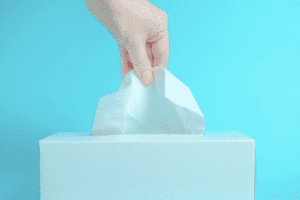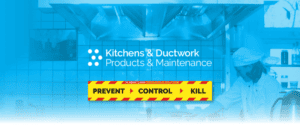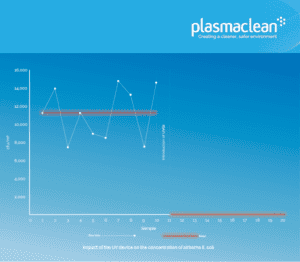Plasma Clean UVGI equipment is designed and specified to ensure that UV-C dosages equal or exceed those required for coronavirus treatment. Explore our solutions here: http://Plasma-Clean.com/UVGI-range
Plasma Clean UVGI systems are sized to achieve up to 99% microbial kill rate for common microbes based on UV-C dosage tables, as well as independent testing carried out by Plasma Clean.
Ultraviolet light in the c-band range (225–302 nm) is lethal to micro-organisms and is referred to as ultraviolet germicidal irradiation (UVGI). It is well known for its germicidal – or germ killing – properties and is used extensively for water and surface treatment. Historically, airstream disinfection has proven less predictable. This is due to underspecifying the UV-C dosage and poor design.
UVGI works by cross linking the nucleic acids (DNA & RNA) which prevents replication and proliferation of micro-organisms such as viruses, bacteria, spores, moulds, yeast and fungi.
It is important to use the correct UV-C dosage in order to achieve high kill rates. Low intensity UV-C can be used for surface treatment as there is a long UV-C exposure time whereas high intensity UV-C is required for air treatment as the exposure time is short.
The UV dosage to achieve microbial kill varies considerably between micro-organisms, with spore-forming microbes being more resilient to UV attack than vegetative cells, for example. Microbial spores are akin to plant seeds and are adapted to withstand extreme environments whereas so-called vegetative cells are those which grow and divide – a plant seed can survive in, and actually requires, dry conditions whereas the vegetative new shoot after germination requires water.






